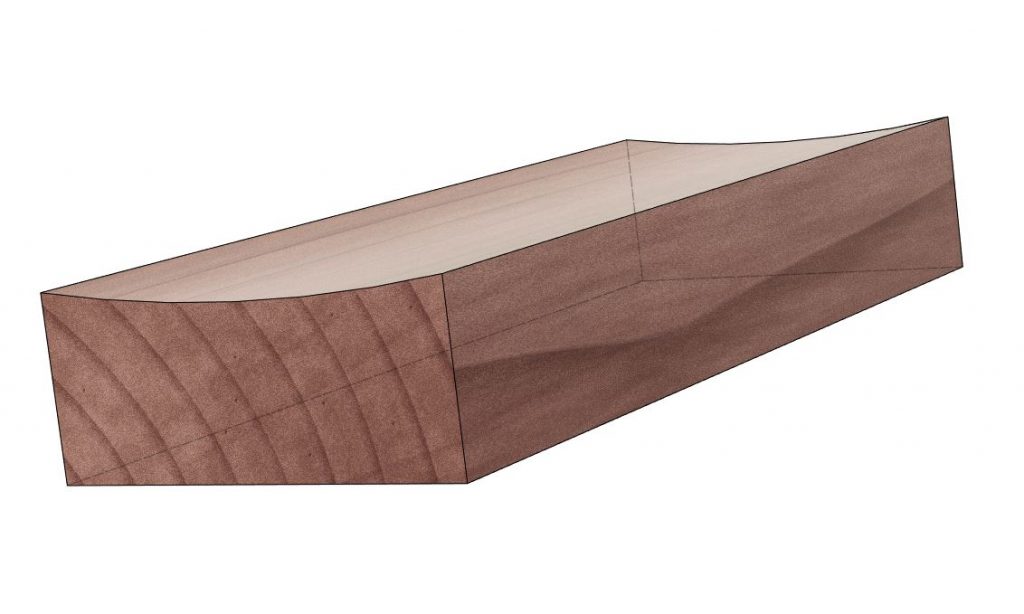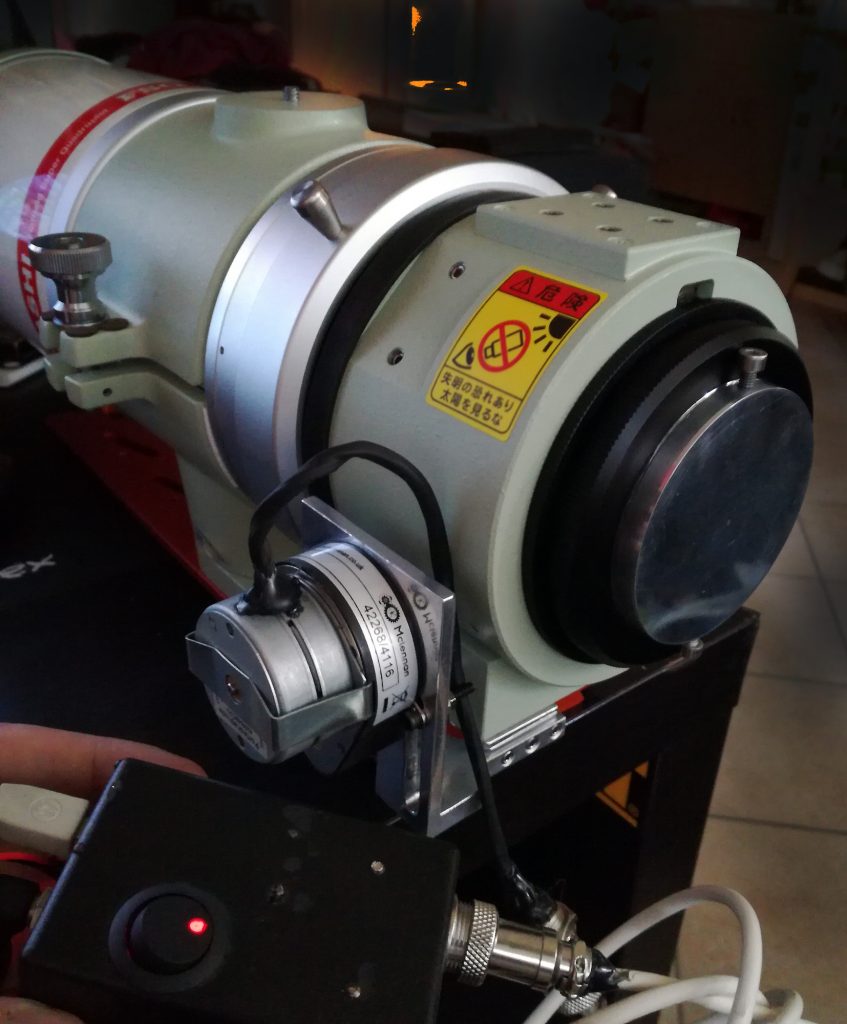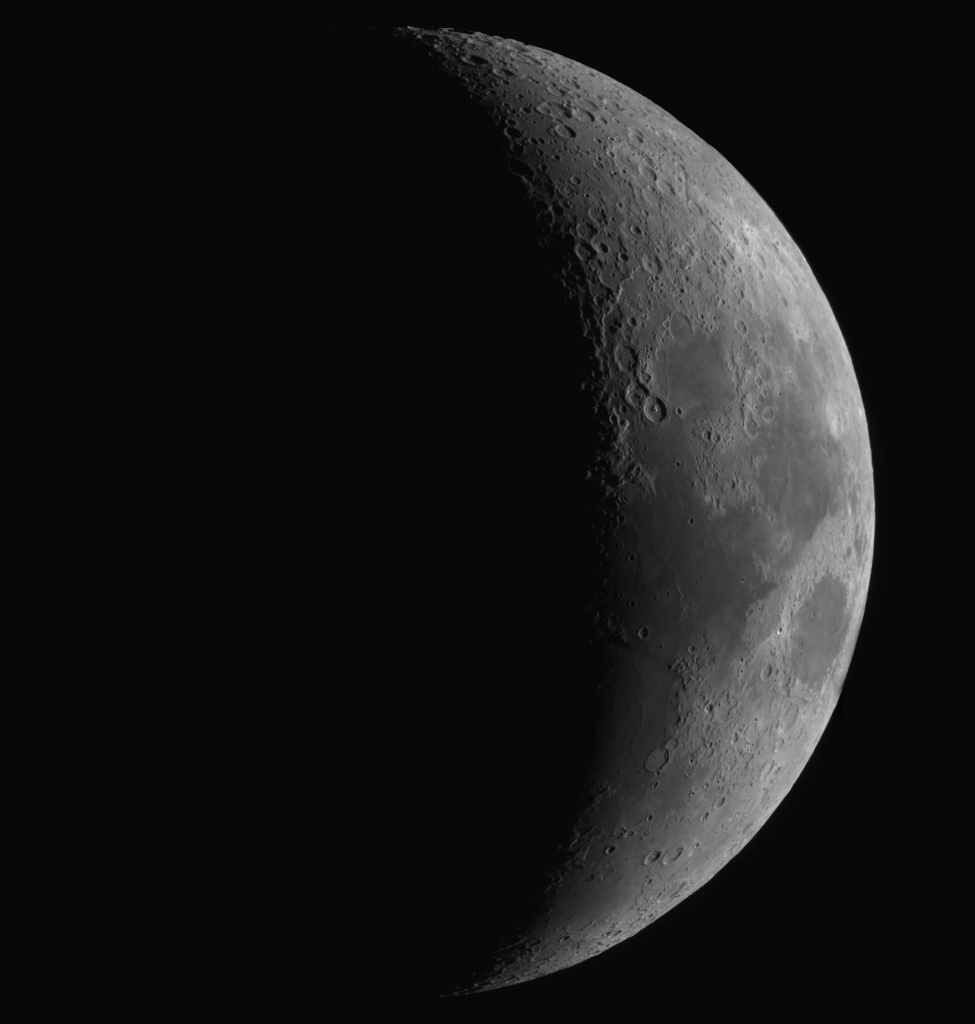
Milling a large radius on a milling machine does not have to be limited by the size of the rotary table.
When tilting the head of the mill with a large cutter, be it a boring bar, fly cutter etc, the resulting cut is an ellipsis. This technique has been used for a long time by machinists before PC’s, CNC’s and other technological aids made their appearance in the industry.
The problem (or not 🙂 depending on the specifications tolerances) with the existing literature (such as the Machinery’s Handbook and others) is that the formula being used assumes that the desired width of said large radius is 0!
The following calculator averages the angle required to accommodate the width as well to provide a better approximation. By using the following calculator you can approximate a true circle radius with an accuracy of few microns.
Check it out – Large radius milling calculator
Find the detailed equations/maths for it here by Dr. Dimitris Skliros
Have fun!

